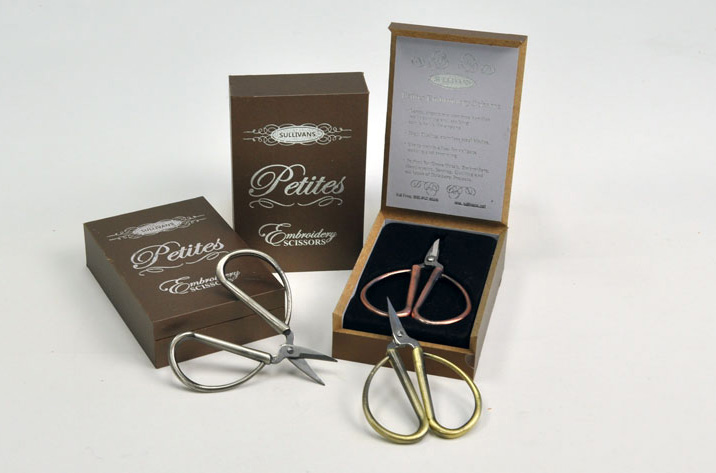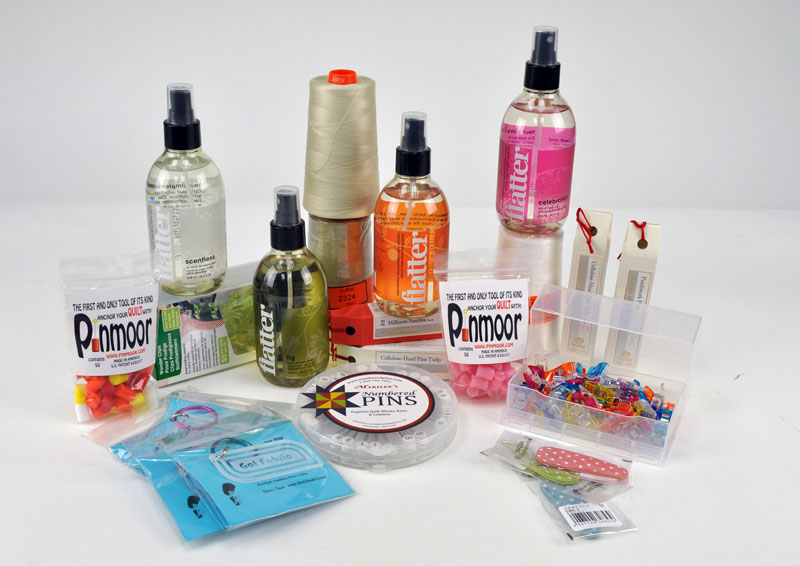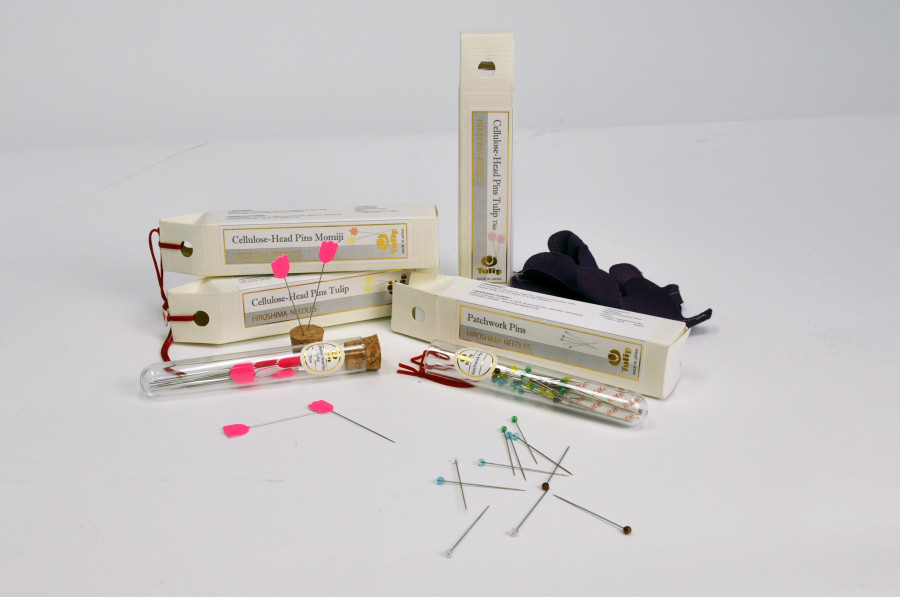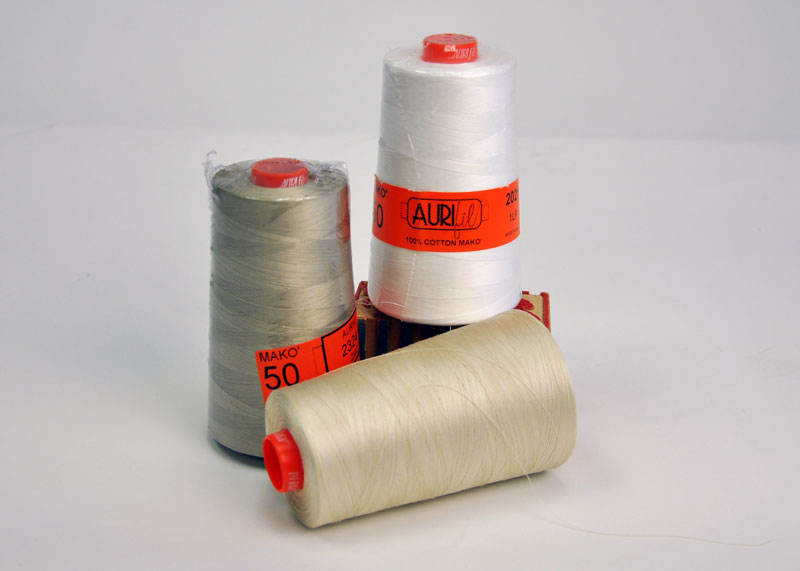Welcome to Moda Fabrics!
Distractions...
Distractions...
I seem to run to the extremes. I can focus with the best of them or I have the attention span of a hyper-active toddler whose had too much caffeine. There's no middle ground for me.
So it's been a bit hard to work while surrounded by gorgeous new fabric and having the furniture in my office disappear. I've had men standing on the top step of ladders with their heads in the ceiling, and there have been at least twenty earthquakes in Dallas since the 1st of January - I felt a couple of those. But the worst distraction - the worst! - has been trying to work 100 yards away from a building filled with every manner of thread, needle, scissor, ruler, book and sewing-whatnot.
United Notions. I admit it, the name still makes me think about fabric – Moda Fabrics. But United Notions came first. Mr. Dunn started it back in 1975 as a distributor for notions and fabric. The fabric was produced by other companies – V.I.P., Cranston, Peter Pan, Alexander Henry. Those were the “biggies” back in quilting back then. In 1990, the universe shifted. That's when Moda Fabrics was created. You might not have realized it at the time but if you’re a quilter, that’s really when “life” began. Trust me on this… I was there.
I also remember the tools we had back then. Life really is better now.
Since I had no furniture or computer and I needed something to write about eventually, I went on a "research mission". For you.
That was the easy part. The hard part was limiting “my list” to just a few things... things I’ve read about but haven’t yet tried.
Yes, I put this all back when I was done. Except for the Wonder Clips. I had to open them for the picture so they're now in the sample room and "we" get to use them. I knew about those but they now come in Neon Green - on the left, under the bottle - and Multi-color. As soon as I decided which box I prefer, I'll get them. Both. (It's a known fact that I use a lot of clips when I bind.)
Have you tried the Marilee's Numbered Pins? Would you try them if I told you that Lisa Bongean of Primitive Gatherings uses them? That's enough to get me to try them - and I did. I think they're terrific - if they're used for their intended purpose. They're longer and thicker than the pins I use for pinning pieces together for sewing. These are designed to mark blocks and/or rows to keep them in order for assembly, and they're absolutely perfect for that. I've used labels, tape, post-its and all sorts of other things but these worked well for me. Do you need them for a quilt with three rows of three blocks? Probably not, but for a quilt top or block with eight rows of eight blocks, they're worth getting. So I bought some of these.
Pinmoor. I picked these up because I thought they were cute and colorful, and because I didn't have any idea what they were. Or what they did. They're little plastic-rubber pieces that are about 1/4" diameter and 1/2" long. When you stick your pin through several layers of fabric, you stick the end into the Pinmoor to keep the pin from coming out. It also protects your fingers from getting stuck by the end of a sharp pin as you're handling the pinned-together whatever. I used these when I quickly pinned the layers of a small project for machine quilting. Genius. (Not me, the Pinmoors.)
And while I'm on the subject of pins, I wanted to try some of the different types of Tulip pins from Japan.
The packaging is gorgeous, that's undoubtedly what caught my eye first. I will confess to not pinning any more than I absolutely have to, but when I do pin, I am quite finicky about the pins I use. I prefer those that are long-ish, very fine and very sharp. The Tulip Patchwork Pins fit that description and they're very nice. The "flat-head" pins are finer than I expected but I don't use them very often because I don't really understand why the flat-head is supposed to be better.
Flatter - it's by the Soak folks. Jen Kingwell swears by it so that alone made me want to try it.
Flatter is a not-a-starch fabric treatment that leaves fabric smooth, static-free and soft. It makes fabric easier to handle for piecing and applique - the very reason so many of us use starch or sizing. Like Best Press, this is an alternative to starch or traditional sizing. The difference really is the way the fabric feels, it doesn't feel like it's been starched or sized. What I loved is that I won't have to immediately wash my finished quilts to remove the starch-feel. Or the scent - it's heavenly. The Fig is my favorite.
The last thing I couldn't resist picking up was thread...
I knew that United Notions carried Aurifil but I didn't know there were cones of the 50 wt. thread in the warehouse. It's a regular item in all the basic colors I use and stockpile have on hand. I actually got light-headed.
If you're wondering why I prefer cones, it's simple. It's more economical. A regular spool of 50 wt. thread has 1,420 yards and costs about $13.25 - less than a penny a yard or .0094. A cone has 6,452 yards and costs about $47.00 - about .0073 a yard. Thread-wise, one cone equals 4.5 spools of thread and 4.5 spools of thread costs $59.625 - $12.62 more than the cone. So for every cone, you basically get a bonus spool of thread.
So what would you find the most distracting about being so close to the warehouse? What else should I look for?
I'm here for you. It's my job... research. And now that the office is done and the men are gone, I need a reason to wander over there.
Not to worry... pictures of the finished office are coming on Friday.






Comments